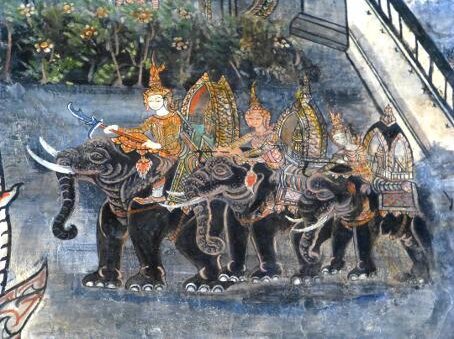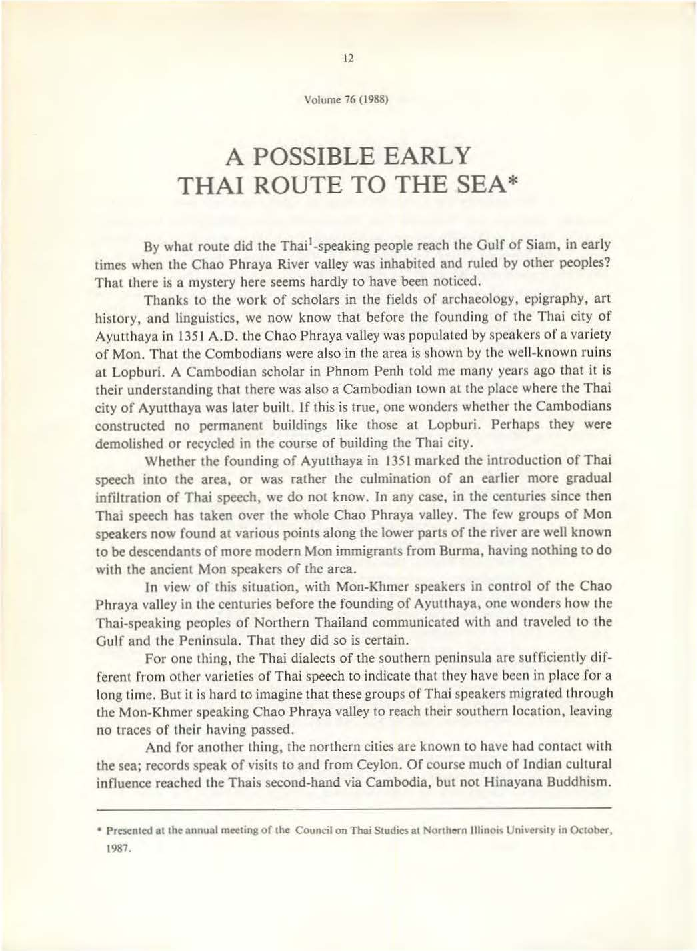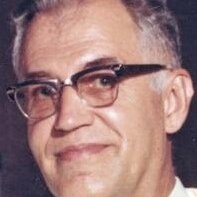Ayutthaya, Ayudhya, Ayodhya
th. อยุธยา
The Ayutthaya Kingdom or Empire was a Mon and later Siamese kingdom existed in Southeast Asia from 1351 to 1767, with its center Ayutthaya city, in Siam [nowadays Thailand]. Considered as the precursor of modern Thailand.
According to traditions, the kingdom was founded by King Uthong, but the latter's origin is unclear, as he is depicted as "a Northern Thai prince, a fugitive Chinese prince from the sea, a Khmer noble from Angkor, a ruler from one of the gulf cities, or a Chola dignitary."



